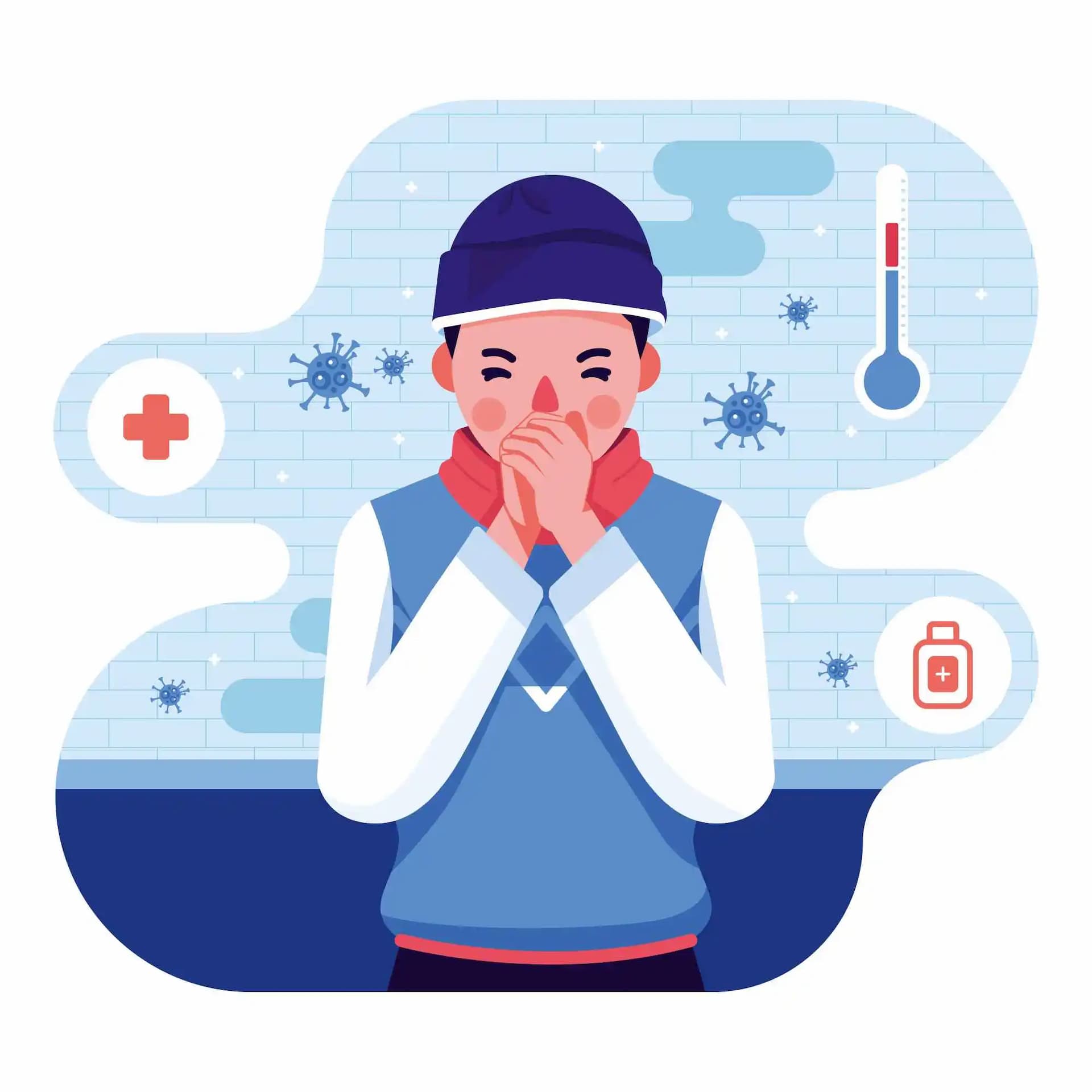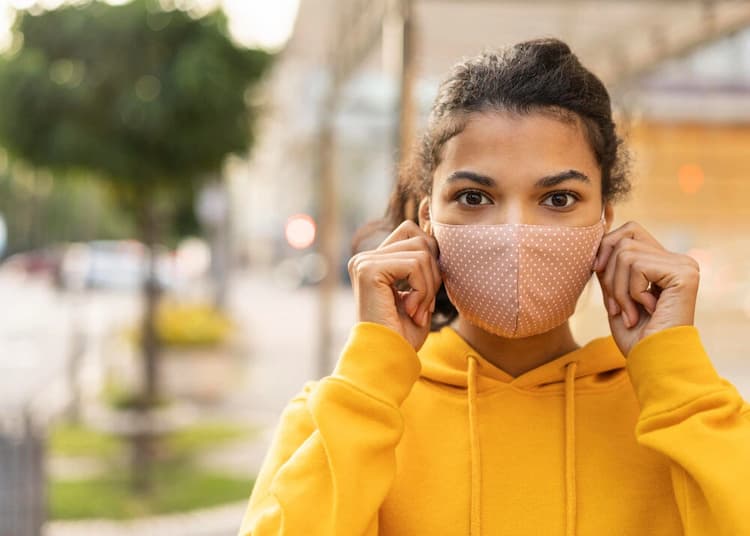H3N2 Influenza & Covid-19 - What's The Connection?

Medically Reviewed By
Dr. Ragiinii Sharma
Written By Meenakshi
on Mar 9, 2023
Last Edit Made By Meenakshi
on Mar 16, 2024

COVID-19 is again in the news. And this time, it is getting all the attention with H3N2 influenza. Nowadays, doctors are witnessing upticks in H3N2 influenza cases, which has become a cause of concern. The connection between these two viruses is that their symptoms are almost similar that may last for 2-3 months. Therefore, health officials ensure that people suspected of having H3N2 influenza are also being tested for COVID-19. Their symptoms might be the same, but advisable to understand that they are different viral illnesses. And to clarify the point, scroll down to the blog below. Here we have tried to provide all the information like symptoms, risk factors & more that helps you differentiate between these two viral infections. So, let’s get started.
H3N2 Influenza – Synopsis
H3N2 influenza is an influenza virus that causes problems like respiratory illnesses in humans. It is not a new virus and has been responsible for several outbreaks in the past. It is highly contagious that spreads through droplets generated when an infected person coughs, sneezes, speaks, or touches a contaminated surface & then touches their face with the same hands. It is indeed a respiratory infection that requires prevention care, treatment, and vaccination to keep the disease in check and minimize complications.
But the question is why people are connecting it with COVID-19. Well, probably because they both are respiratory illnesses that cause almost similar symptoms, such as:
- Cough
- Unusual pain in the body
- Fever & chills
- Unexplained exhaustion
- Diarrhea & Vomiting
- Difficulty breathing
- Severe headaches
- Joint pain
- Runny nose
These symptoms can be mild or moderate to severe depending on the stage of the disease and other factors, and sometimes, it causes no symptoms at all. Therefore, being attentive and acting on time is essential to subside risks and minimize complications.
Speaking of risks, how to know whether you are at risk?
Being a contagious virus, it can infect any individual. However, those who are at higher risk of being infected include:
- Pregnant women are more likely to contract H3N2 influenza than the general population, as this period alters the body’s immune system and response to viral infections.
- Moreover, younger children are at higher risk of getting H3N2 influenza, COVID-19 infection, or almost any illness because of low immunity in children.
- Healthcare workers exposed to such infections are also at higher risk than general people.
- Since aging also affects our immunity and makes it harder for our body to fight infections, the risk of H3N2 influenza is also higher in elderly adults.
- Moreover, any person with underlying medical conditions is at higher risk of getting infected with H3N2 influenza.
Other than that, anyone exposed to the infection, irrespective of age and gender, is at risk and should take necessary preventive measures accordingly. Whether you are at risk or not, taking precautions is vital for all. There are particular dos and don’ts that everyone must follow to stay safe and minimize their risks.
Precautions To Be Taken Are:
- The infection is contaminated and spreads quickly. Hence, being cautious is crucial to minimizing risks and maintaining your health.
- The infection spreads through droplets of an infected person. Therefore, avoiding crowded places and using a face mask is the foremost step to minimize risks.
- Avoid touching your mouth or face again, especially if not cleaned or you have recently touched any surface around.
- Hydration is the key to good health. Drink plenty of healthy fluids to minimize your risk of getting infected or even to speed up your recovery from any current infection.
- Cover your mouth or nose while coughing or sneezing to minimize the risk of infecting others.
- Do not neglect fever or any other symptoms that are not normal. And get yourself tested at the earliest to detect the problem at its onset, as it helps you subside complications and increase the success of recovery.
There is an adage that “Precautions are better than cure,” and we couldn’t agree more. Therefore, whether you have symptoms or are at risk, taking preventive measures is essential for one and all. It helps you take care of your body & health while keeping intricacies at bay.
H3N2 Influenza & COVID-19 – Know The Similarities & Differences
- COVID & H3N2 Influenza are respiratory diseases caused due to contagious viruses.
- Both are highly contaminated, outspread through droplets, and mutate significantly.
- However, both viruses belong to different virus families.
- COVID-19 belongs to the SARs-COV-2 Virus family, and H3N2, on the contrary, is from the influenza A family.
- Doctors often suggest a nasal examination to identify the viral antigens and differentiate between H3N2 influenza and COVID infection.
- And both diseases can take severe shape if left untreated.
All in all, both are different; getting diagnosed and taking precautions is essential to lessen risks. Besides getting treatment, vaccination is vital to prevent severities and control damage. And since their symptoms are similar, doctors often suggest COVID-19 testing for patients with H3N2 infection.
To conclude, H3N2 Influenza and COVID-19 infection have similar symptoms, but rest, there is no connection, and both viruses are different. According to experts, there is a surge in the cases, but not severe. Mindful is integral to staying ahead of complexities. If you have any uncommon symptoms, get tested in time to protect yourself and others.



